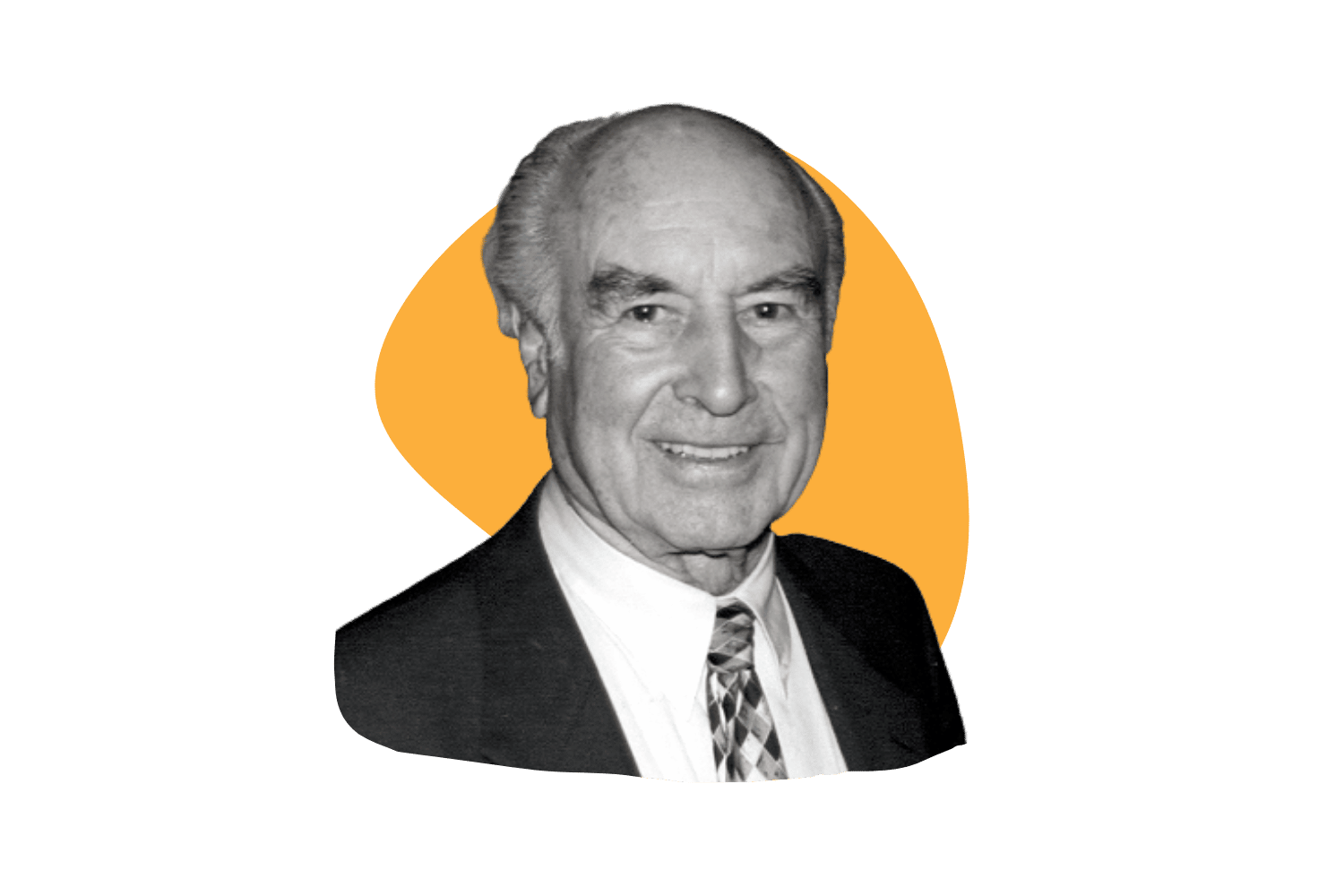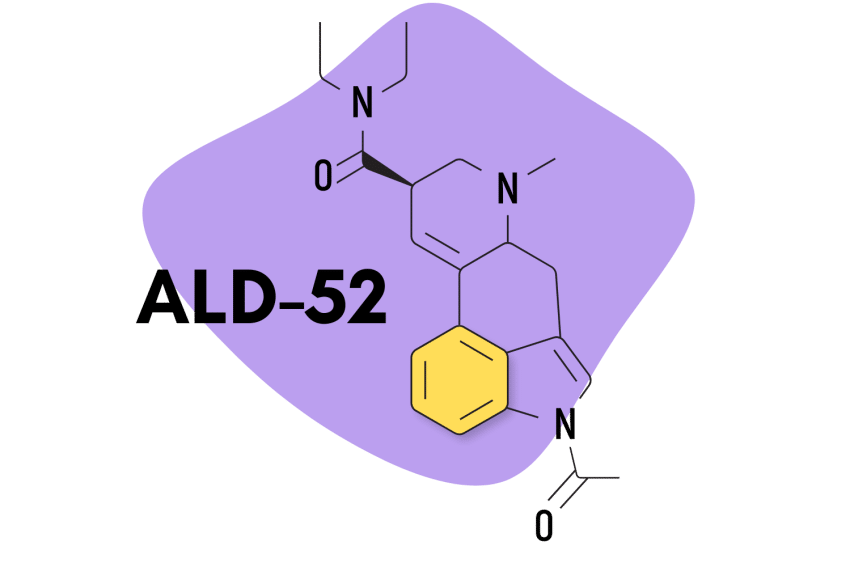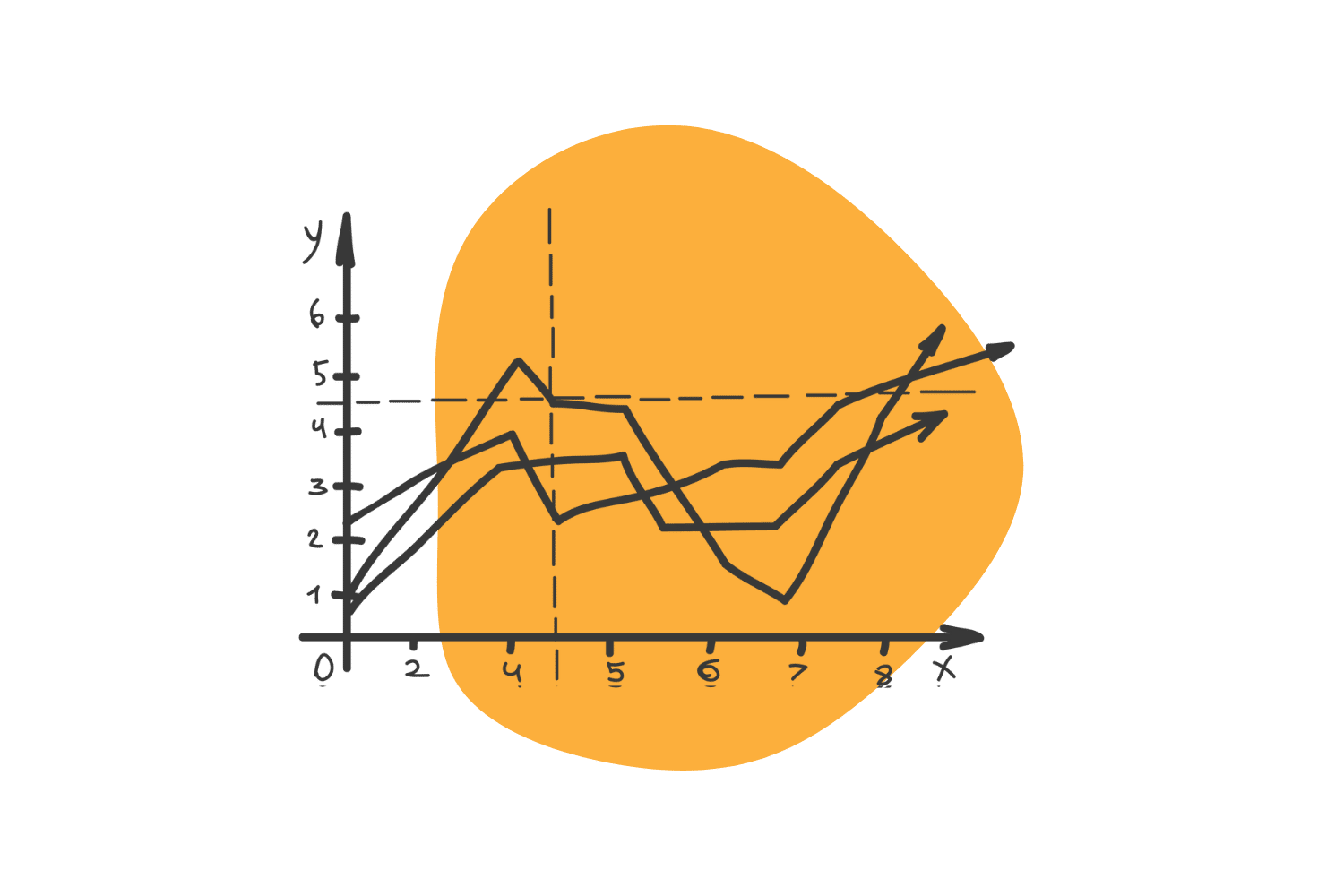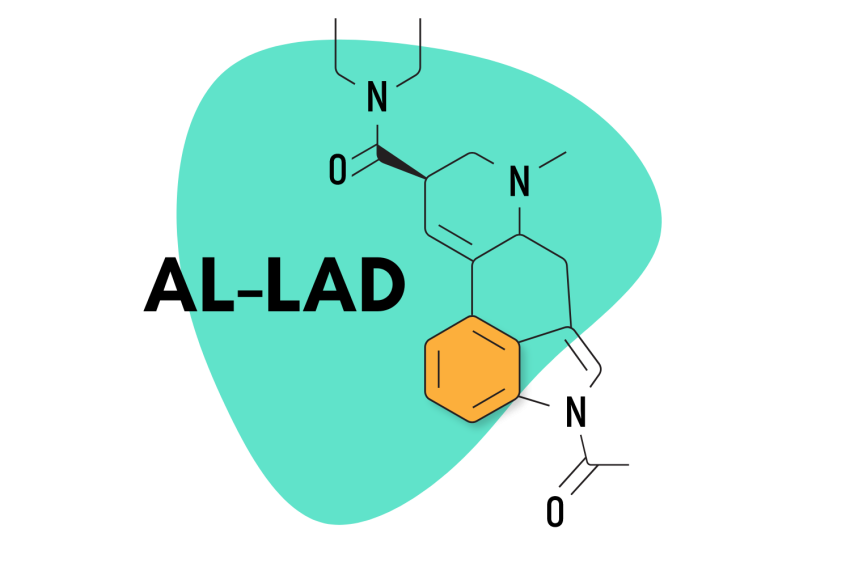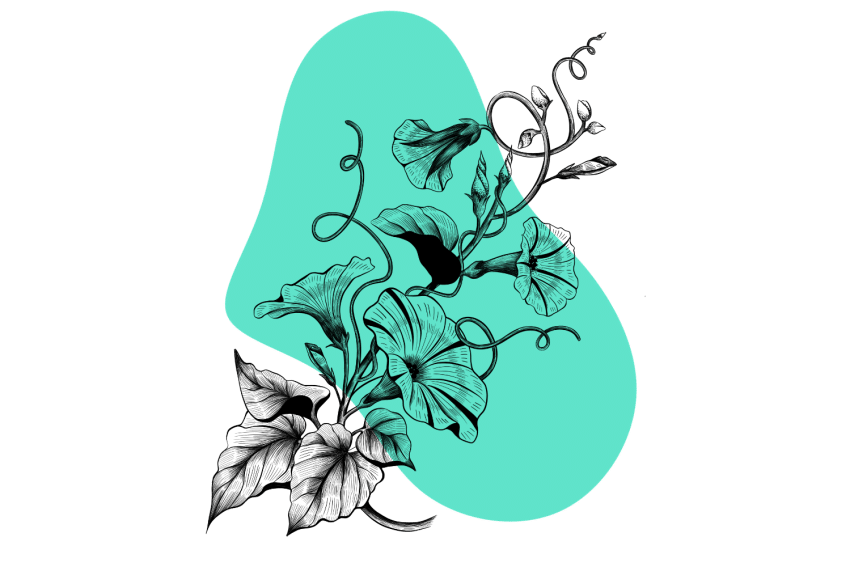1V-LSD | A New LSD Analog
1V-LSD is referred to as “legal acid” in some parts of the world. Its effects are nearly identical to LSD.
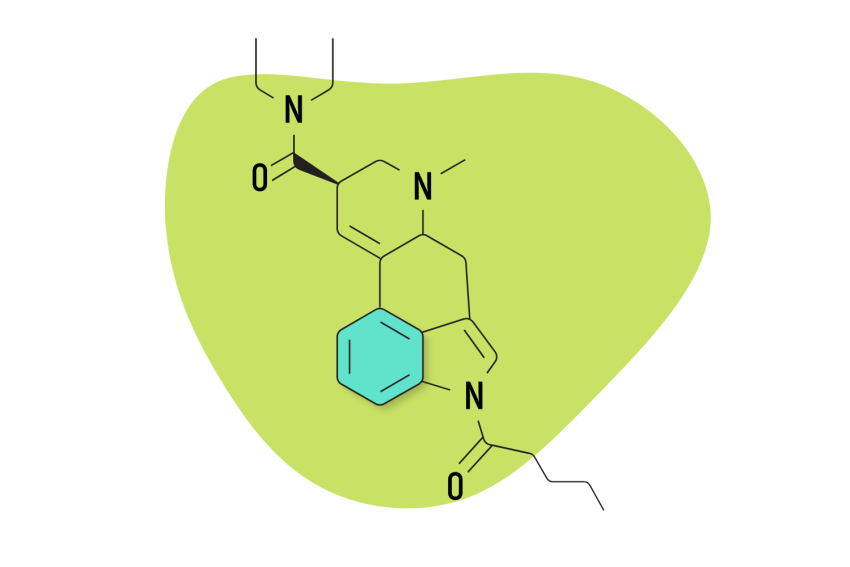
1V-LSD (1-valeryl-D-lysergic acid diethylamide), also known as Valerie, is a synthetic derivative of LSD (lysergic acid diethylamide).
Following the ban of 1cP-LSD by the German regulators, 1V-LSD enjoyed a brief moment in the spotlight as the go-to legal LSD alternative in Germany.
Previously, the German ban of 1cP-LSD was comically ineffective, with its highly specific chemical stipulations missing the mark.
“The ban stipulates that at the N1 position, a carbonyl group can be no longer than four carbons,” remarked one enthusiast on the popular drug forum Bluelight.org. “The obvious step is just to make one with five carbons!”
The deed was already done. Within mere hours, RC retailers announced the existence and sale of 1V-LSD in July 2021.
For a couple of years, 1V-LSD was fair game until German lawmakers passed legislation in March 2023 — officially banning the new compound.
While most online chatter centers around the German drama, 1V-LSD can still be legally (and illegally) obtained from designer drug distributors around the world (depending on where you live).
What is 1V-LSD?
Very little official research on 1V-LSD exists. Much of what we know draws upon what we know of LSD and other lysergamide psychedelics.
Innovation and the creation of new lysergamides have become a burgeoning industry. As regulators outlaw specific chemicals, researchers have new ones ready to go, skirting legislation and flooding online markets with new products.
Chemically, 1V-LSD is presumed (nobody has looked) to be identical to LSD, but with the addition of a propionyl functional group at the nitrogen location on a tryptamine ring.
The general thinking is that 1V-LSD is a “prodrug” of LSD. Once consumed, the body processes the compound into LSD, creating very similar, if not exactly the same, effects of LSD. However, it’s worth noting this is only a theory, and detailed pharmacokinetics of 1V-LSD don’t yet exist.
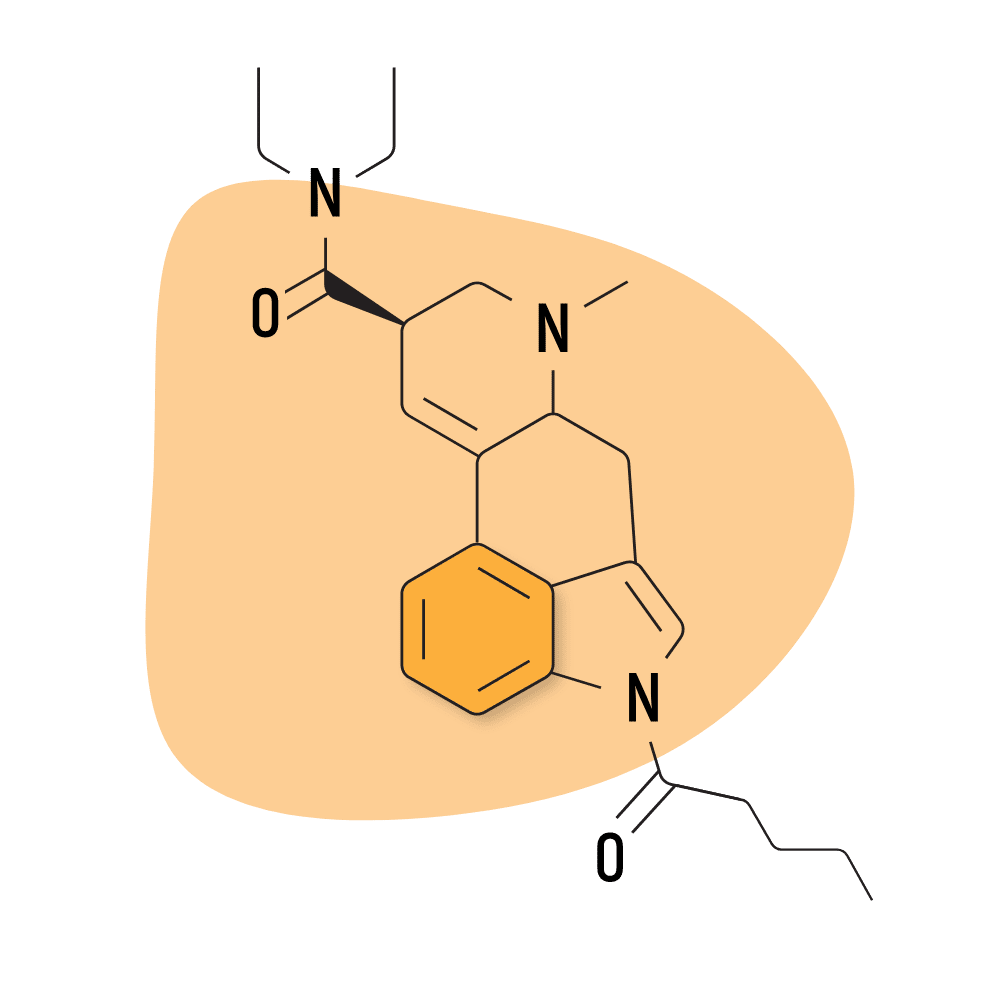
1V-LSD: Specs & Techincal Details
| Active Ingredient: | 1V-LSD |
| Level of Risk | Low |
| Most Common Side-Effects | Hallucinations, euphoria, anxiety |
| Duration of Effects | 10-12+ hours |
| Legality | Illegal in most countries |
Guidelines for the Responsible Use of 1V-LSD
- 🐍 I understand why psychedelics should be treated with respect
- ⚖️ I’m familiar with the laws surrounding psychedelics in my country & state
- 🍄 I’m familiar with and confident in the dose I’m taking (dose range is around 120–220 ug)
- 🧪 I’ve tested a sample of the substance I’m using with a drug-testing kit
- 💊 I’m not mixing any medications or other substances with 1V-LSD
- 🏔️ I’m in a safe & comfortable environment with people I trust
- 🐺 One of the members of my group is responsible and sober (AKA a trip sitter)
- ⏳ I have nothing important scheduled for after the trip
- 🧠 I’m in a sound & healthy state of mind
What’s The Dose of 1V-LSD?
1V-LSD is generally sold on blotter paper or as pills with set doses ranging between 120 ug and 225 ug. The compound is generally regarded as very potent, albeit slightly less so than LSD.
Like other LSD analogs, 1V-LSD is typically dosed slightly higher than LSD.
One research paper puts the compound at one-third the dose of LSD, but this is inconsistent with user reports [1]. Most users suggest the potency is about 75% of conventional LSD and takes about 30 minutes longer to kick in.
Some speculate the higher molecular mass of 1V-LSD than its relatives requires a higher dose.
Dosage Breakdown for 1V-LSD
- Microdose — 10-20 mcg
- Regular — 100-150 mcg
- Strong — 50-250 mcg
- High — 250+
- Heroic — 500+
Note: These dosage ranges are based purely on user data. There are no official studies comparing the potency or ideal dosage range for this chemical. Take any research chemical at your own risk. Start low and go slow.
What Does 1V-LSD Feel Like?
Examing trip reports across the internet reveal a high variability in the effects of 1V-LSD. Generally speaking, one can expect similar effects to LSD, which are highly dependent on the set and setting in which the drugs are used.
Some report slightly more body load than LSD or a clean sense of clarity.
A few early reports suggested feminine energy in the compound. However, skeptics point to the influence of the name “Valerie” on a psychonaut’s trip.
Generally speaking, LSD and related analogs give users:
- Euphoria, wonder and awe
- Visual and auditory distortions
- Stimulating effects
- Altered time perception
- Shaking and tremors
- Confusion
- Paranoia
- Overwhelm
- Anxiety
How Long Does 1V-LSD Last?
Just like the subjective effects, 1V-LSD’s duration is a contentious topic. To err on the safe side, we recommend setting aside the same amount of time one would for an LSD trip.
Vice interviewed the alleged creator of 1V-LSD for a German segment. However, his claim that 1V-LSD has a shorter duration, comparable to magic mushrooms or MDMA, does not match online reports.
One detailed Bluelight trip report gives the following timeframe:
- Onset — 3 hours
- Peak — 3 – 4 hours
- Comedown — 5 hours
Other reports suggest the trip could last 14+ hours, as is the case for some people taking LSD.
How Strong is 1V-LSD Compared To Other Psychedelics?
1V-LSD is measured and dosed in micrograms (µg) as opposed to milligrams (mg).
This means a very tiny amount of 1V-LSD can get you exceptionally high, and dosing should be undertaken with great care.
LSD and its analogs are considered some of the most potent psychedelic drugs in existence.
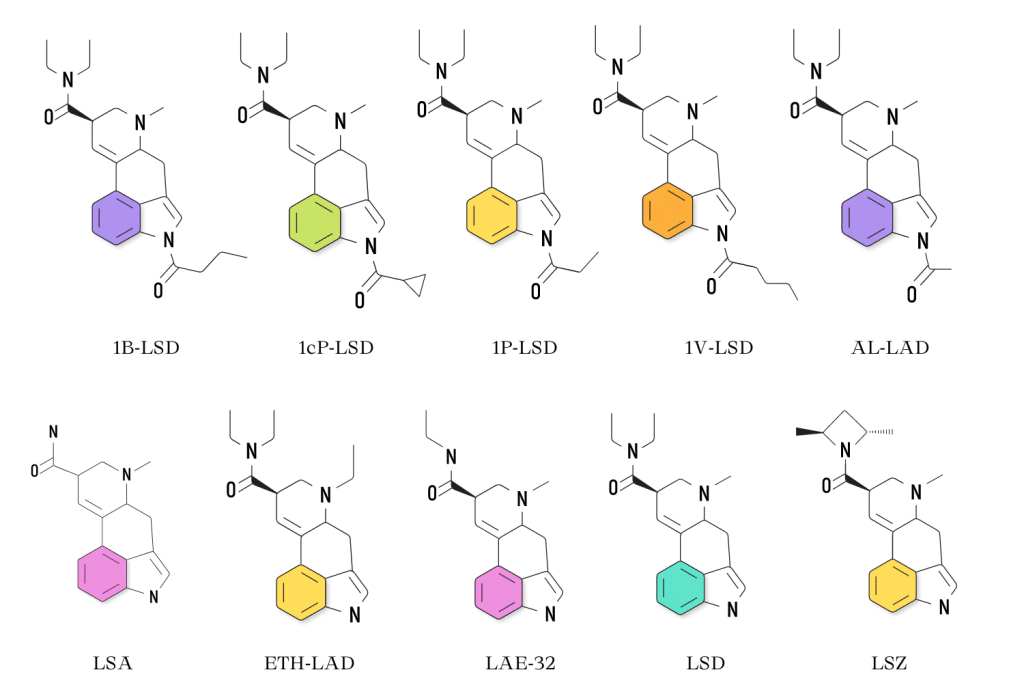
Is 1V-LSD Safe?
Because there are no official clinical studies of 1V-LSD, it’s hard to say the compound is 100% safe.
However, if we operate under the assumption that 1V-LSD is indeed an LSD prodrug, the compound has a good safety profile and low toxicity in healthy people [2].
Because 1V-LSD has largely been replaced by newer compounds that are legal, it seems unlikely funding for more research into 1V-LSD will appear to give clarity around questions of toxicity and safety.
Side Effects: 1V-LSD
The side effects are similar to that of LSD. Alongside the long duration, intense visuals and introspection, unpleasant feelings, challenging emotional material, anxiety, paranoia, and ego death can occur.
While LSD has shown potential in therapeutic settings to be a treatment for mental health, such outcomes generally involve a highly curated set and setting with professional support.
Psychedelics of all kinds should be avoided by those with schizophrenia, a personal history of psychosis, and a variety of other mental health conditions.
LSD and, by association, its analogs are generally regarded as safe drugs it is very difficult, if not impossible, to overdose on.
Anyone unsure if psychedelics are safe must consult a health professional.
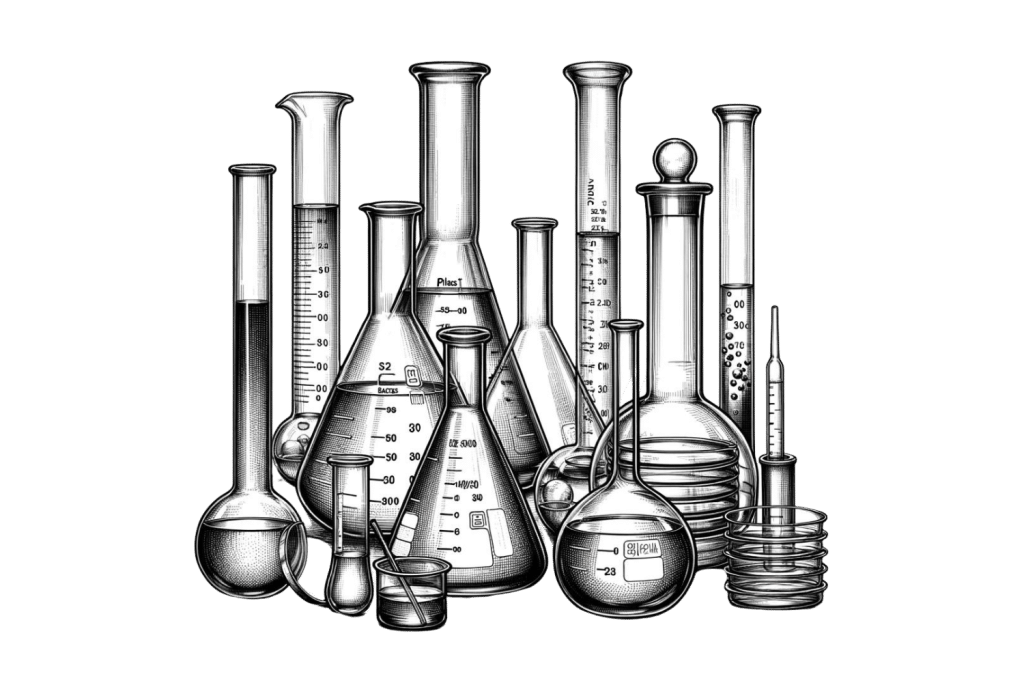
Testing 1V-LSD
Perhaps one of the biggest risks when taking research chemicals is the purity and authenticity of the compound one is consuming.
Certain online marketplaces have impressive track records, but in recent years, adulterants have shown up in all kinds of places. Mistakes, too, like mislabeling substances, can occur, and one can never be too careful.
1V-LSD is part of testing databases, and reagent kits can verify its existence. Remember, however, that at-home testing can only confirm the presence of specific substances and does not necessarily exclude other adulterants.
Protestkit posted pictures of their kits with 1V-LSD. The group notes that 1V-LSD will take some time to react, with the strongest results showing after an hour.
The colors for various tests are noted as follows:
- Ehrlich: Purple
- Hofmann: Blue
- Marquis: Redish Purple
Laboratories can also test for 1V-LSD with advanced techniques like chromatography, spectrometry, and other methods, as researchers in Japan (another hot spot for legal acid) have demonstrated [3].
Legality: 1V-LSD
1V-LSD’s legal status varies around the world, and it’s best to check your country’s national and local laws, which change all the time.
Some countries, such as the United States, Australia, and the United Kingdom, have adopted analog acts that preemptively ban certain compounds that resemble known illegal substances. 1V-LSD looks a lot like LSD and is, therefore, prohibited by default in these countries.
Here are some countries we can confirm have banned 1V-LSD:
- Germany
- United Kingdom
- Japan
- Switzerland
Countries whose regulations do not include 1V-LSD, implying it is potentially legal to consume, include:
How Does 1V-LSD Work?
There are no specific studies looking at how 1V-LSD works in the human body. As mentioned before, the assumption is that 1V-LSD is a prodrug of LSD.
When the compound is consumed, the drug moves through the bloodstream and into the liver. Here, it’s metabolized into active LSD — which then crosses the blood-brain barrier to interact with various neuroreceptors in the brain.
The serotonin 5HT2A receptor is the main binding site creating psychedelic effects, with LSD being a partial agonist at the receptor along with the 5HT2C receptor [4].
LSD is also known to stimulate dopamine receptors as well, giving it a more energizing effect than psychedelics like psilocybin.
Related Guides: How Psychedelics Work Via the Default Mode Network
FAQs: 1V-LSD
Here are some of the most common questions we get asked about 1V-LSD and related lysergamides.
1. Where Can I Buy 1V-LSD?
In areas where it is legal, 1V-LSD can be bought from online research chemical retailers.
Be sure to test any and all substances ordered online or elsewhere to verify their authenticity and check for adulterants.
2. What is The Difference Between 1V-LSD & LSD?
Chemically, 1V-LSD has an additional propionyl functional group on its tryptamine ring nitrogen location.
In terms of effects, the difference is negligible. However, one Erowid user was able to distinguish between several LSD analogs in this trip report of his blind testing experiment. So, it’s possible psychedelic sommeliers can appreciate subtle qualitative differences.
3. Does 1V-LSD Show Up on a Drug Test?
Most standard drug panels don’t test for LSD or its analogs. However, it’s possible to test for LSD and its metabolites.
Assuming 1V-LSD is the prodrug of LSD, it would show up on tests specifically looking for this substance. Unless the person running the test is very certain someone has taken LSD, it’s very unlikely they will order this test.
That said, LSD can be detected in urine in a 24-hour window, with extremely sensitive tests extending this up to three days. LSD can be detected in hair for up to three months.
References
- Brandt, S. D., Kavanagh, P. V., Westphal, F., Pulver, B., Morton, K., Stratford, A., … & Halberstadt, A. L. (2022). Return of the lysergamides. Part VII: Analytical and behavioral characterization of 1‐valeroyl‐D‐lysergic acid diethylamide (1V‐LSD). Drug Testing and Analysis, 14(4), 733-740.
- Holze, F., Caluori, T. V., Vizeli, P., & Liechti, M. E. (2021). Safety pharmacology of acute LSD administration in healthy subjects. Psychopharmacology, 1-13.
- Tanaka, R., Kawamura, M., Mizutani, S., & Kikura-Hanajiri, R. (2023). Identification of LSD analogs, 1cP-AL-LAD, 1cP-MIPLA, 1V-LSD, and LSZ in sheet products. Forensic toxicology, 1-10.
- Kuhn, D. M., White, F. J., & Appel, J. B. (1978). The discriminative stimulus properties of LSD: Mechanisms of action. Neuropharmacology, 17(4-5), 257-263.


